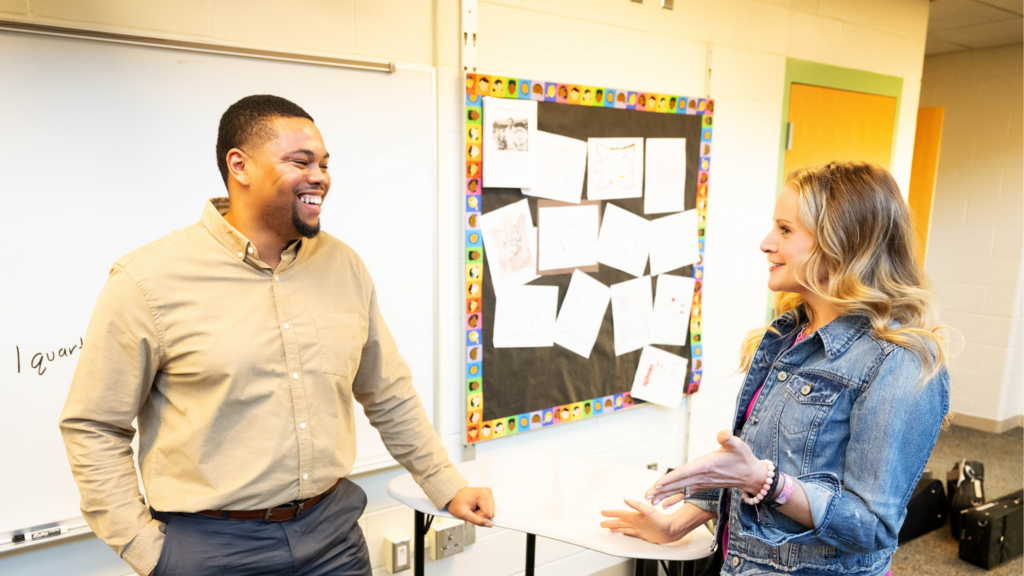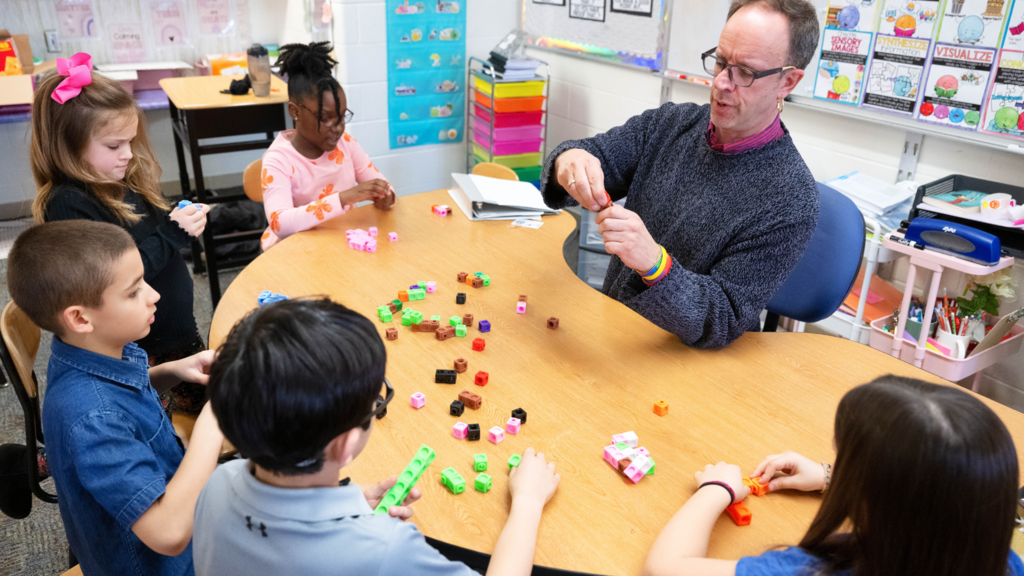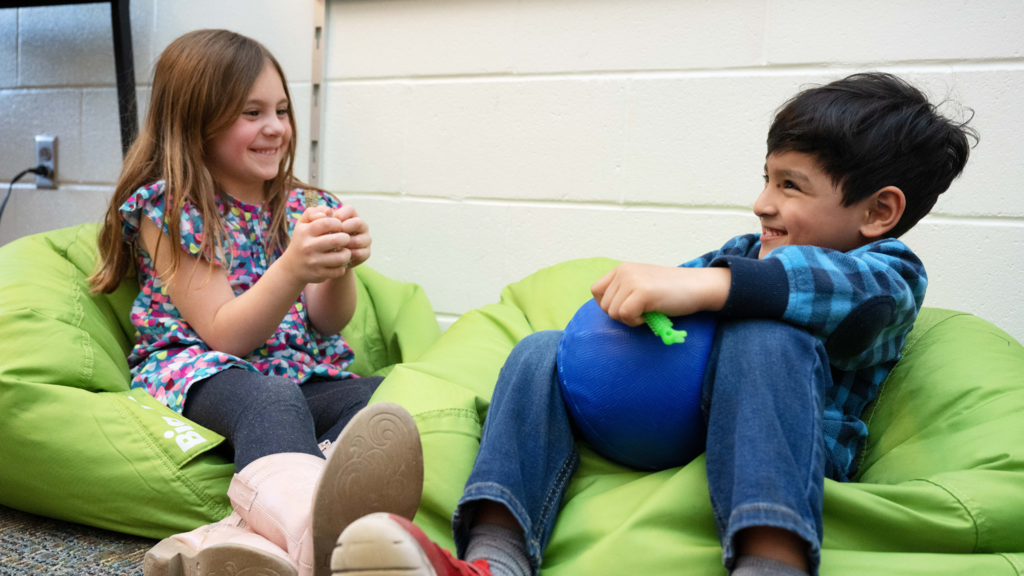Resources
Putting Research Into Practice
Through the Practice Briefs on School Mental Health project, we offer free, concise summaries based on the latest research, designed for K-12 educators and school mental health professionals. Each brief is written by a national expert and reflects current best practices.

Building Strong Foundations: Supporting Growth through Parent-Child Interaction Therapy (PCIT) and Teacher-Child Interaction Training (TCIT)
This practice brief spotlights PCIT and TCIT, two impactful programs that empower caregivers and educators to navigate challenging behaviors while enhancing their ability to foster resilience and meaningful connections with young children.

Bullying Prevention and Intervention
With nearly 1 in 5 students in grades 6–12 experiencing bullying at school, the need for awareness and action has never been greater. This practice brief equips educators and school mental health professionals with the knowledge and tools to recognize bullying, understand its impact, and implement effective interventions to create safer learning environments.

Non-Suicidal Self-Injury: Considerations for K-12 Educators
Non-suicidal self-injury (NSSI) is prevalent in children and adolescents and is associated with increased risk for a myriad of negative mental health outcomes. Despite the prevalence of and risks associated with NSSI, knowledge of NSSI is limited and stigmatized within educational settings. This practice brief includes a general description of NSSI, prevention, and assessment strategies including developing a school protocol, intervention strategies, and additional resources.

Interventions to Improve Educator Well-Being
Educator well-being and social, emotional, and behavioral competencies have been linked to student academic, behavior, and social-emotional outcomes. In this practice brief, learn interventions that can increase educator wellness and help teachers deal with job-related stress.

School-Based Mental Health Services for Students Served Under the IDEA
Learn six evidence-based steps for securing mental health services in schools through IDEA special education programs, including prevention, identification and intervention strategies supported by case law.

Use of Resilience Interventions to Support Students with Internalizing Concerns
This practice brief provides an overview of two Tier 2 interventions: the Resilience Education Program (REP) and the Penn Resiliency Program (PRP), interventions aimed at reducing the number of students who need more resource-intensive support.

Effective Use of Reinforcement for Students with Externalizing Challenging Behavior
This practice brief provides educators guidance on the importance of identifying reinforcement, providing reasonable expectations, administering reinforcement, and considering context.

The Role of Family-School Partnerships in School Mental Health
This practice brief describes defining features of family-school partnerships, reviews family-school partnerships research, and identify how family-school partnerships can be aligned and integrated in school mental health systems and practices.

Strategies to Reduce Disproportionate Discipline Practices in Schools
Extensive research has documented the link between exclusionary discipline and numerous detrimental youth outcomes. In this practice brief, learn effective prevention and intervention strategies to reduce exclusionary discipline practices.

Developing Positive Personal Mindsets
This brief presents several ideas to encourage your MTSS team to explore practical strategies for promoting well-being through positive personal mindsets.
Pagination
